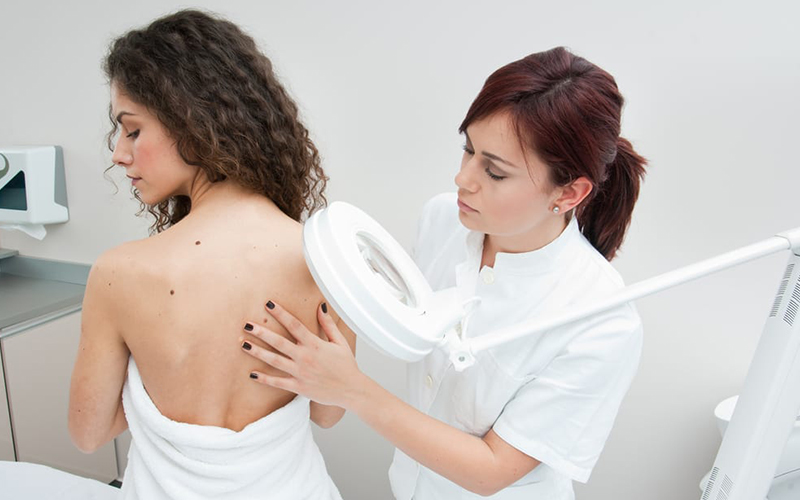Dermatology billing involves a mix of office visits, biopsies, lesion removals, skin cancer treatments, and cosmetic procedures. With such a wide variety of services, it’s crucial to stay up to date on CPT codes and modifiers for dermatology in 2025 to avoid denials and secure full reimbursement.
Evaluation & Management (E/M) Codes
| CPT Code | Description |
|---|
| 99202–99205 | New patient office visits |
| 99212–99215 | Established patient office visits |
| 99241–99245 | Consultations (payer dependent) |
Skin Biopsies
| CPT Code | Description |
|---|
| 11102 | Tangential biopsy, first lesion |
| 11103 | Each additional lesion (with 11102) |
| 11104 | Punch biopsy, first lesion |
| 11105 | Each additional lesion (with 11104) |
| 11106 | Incisional biopsy, first lesion |
| 11107 | Each additional lesion (with 11106) |
Destruction of Benign, Premalignant, or Malignant Lesions
| CPT Code | Description |
|---|
| 17000 | First premalignant lesion (e.g., actinic keratosis) |
| 17003 | Each additional premalignant lesion (up to 14) |
| 17004 | 15+ premalignant lesions |
| 17110 | 1–14 benign lesions (e.g., warts) |
| 17111 | 15+ benign lesions |
Removal of Malignant Skin Lesions
Use codes 11600–11646 for excision of malignant lesions and 11400–11446 for benign lesions. Codes are based on location and total size including margins.
Repairs & Wound Closures
Codes depend on complexity of closure:
- 12001–12021: Simple repairs
- 12031–12057: Intermediate repairs
- 13100–13160: Complex repairs
Common Dermatology Modifiers
| Modifier | Description |
|---|
| -25 | Significant, separately identifiable E/M |
| -59 | Distinct procedural service |
| -76 | Repeat procedure by same provider |
| -RT / -LT | Right or left side |
| -51 | Multiple procedures |
| -24 | Unrelated E/M during global period |
| -79 | Unrelated procedure during post-op period |
Common Dermatology ICD-10 Codes
| ICD-10 Code | Description |
|---|
| L57.0 | Actinic keratosis |
| D23.5 | Benign neoplasm of skin, trunk |
| C44.319 | Basal cell carcinoma, unspecified location |
| C44.01 | Squamous cell carcinoma of lip |
| L82.1 | Inflamed seborrheic keratosis |
| D48.5 | Neoplasm of uncertain behavior, skin |
| Z12.83 | Encounter for skin cancer screening |
Dermatology Billing Tips for 2025
- Use -25 for same-day E/M and procedures (clearly documented).
- Include margins in total excision size for coding accuracy.
- Use -59 when bundling rules apply—such as biopsy plus destruction.
- Be aware of global periods—most excisions have 10-day global windows.
- Document number, type, and diagnosis of lesions treated.
Final Thoughts
Dermatology billing requires accuracy, especially when procedures and office visits are performed together. Using the correct Dermatology CPT codes and modifiers for 2025 ensures proper payment and minimizes audit risk—whether you’re managing skin cancer, treating warts, or performing cosmetic procedures.









